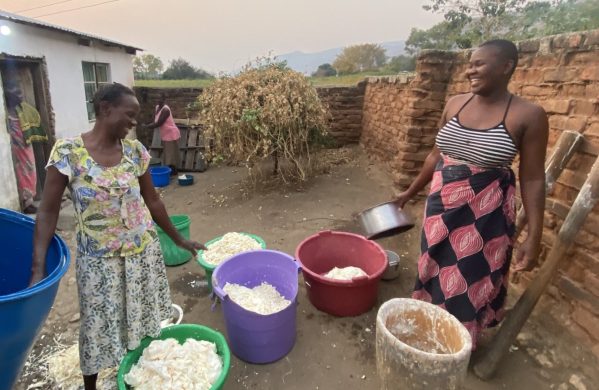FAOs kommission for genetiske ressourcer mødes i denne uge i Rom for at diskutere fødevaresikkerhed. Fremtidens landbrug skal udnytte klodens store plante-genetiske ressourcer endnu bedre for at dække behovet for mad, mener FAOs vicechef.
ROME, 15 April 2013 (FAO): Conserving and making the most of the planet’s wealth of genetic resources will be crucial for survival, as people will need to produce sufficient and nutritious food for a growing population, FAO Deputy Director-General Dan Gustafson said Monday addressing the Commission on Genetic Resources for Food and Agriculture.
The Commission, the only intergovernmental body to specifically address all matters related to the world’s gene pool for food and agriculture, is marking its 30th anniversary and is meeting in Rome this week.
“FAO believes that adaptation of the agriculture sector is not merely an option, but an imperative for human survival, and genetic resources will form an essential part of any adaptation strategy,” he said.
“Ensuring food security in the face of climate change is among the most daunting challenges facing humankind,” Gustafson said.
Fremtidens landbrug skal producere 60 procent mere
Plants account for over 80 percent of the human diet (kost).
Some 30 crops account for 95 percent of human food energy needs and just five of them – rice, wheat, maize, millet (hirse) and sorghum (durra) – alone provide 60 percent.
Yet more than 7.000 plant species have been gathered and cultivated since people first learned to do so many millennia ago. And there are as many as 30.000 edible (spiselige) terrestrial plant species (dyrket på jord) in the world.
“Climate change impacts are expected to reduce agricultural productivity, stability and incomes in many areas that already experience high levels of food insecurity. Yet world agricultural production must increase 60 percent by the middle of this century – less than 40 years from now – to keep pace with the food requirements of the world’s growing population,”said Gustafson.
“Genetic resources for food and agriculture play a crucial role in food security, secure livelihoods and environmental services. They also play a crucial role in enabling crops, livestock, aquatic organisms and forest trees to withstand climate change-related conditions.”
Læs videre her:
http://www.fao.org/news/story/en/item/174330/icode/














